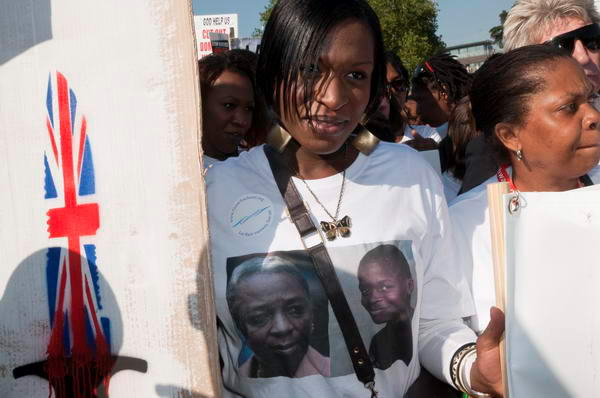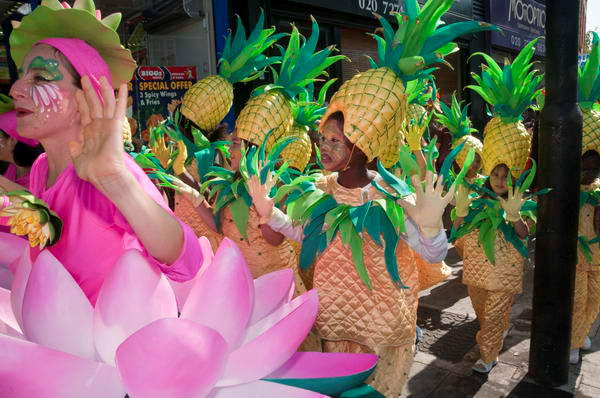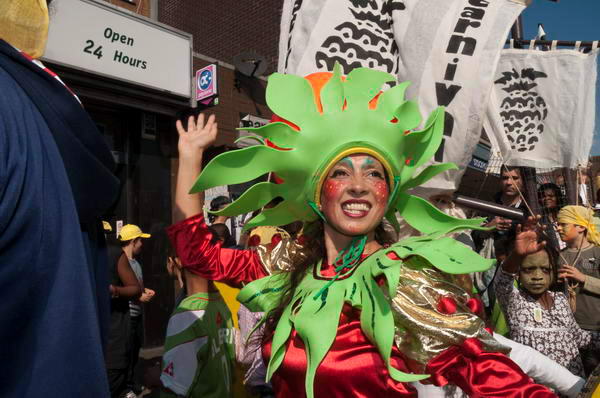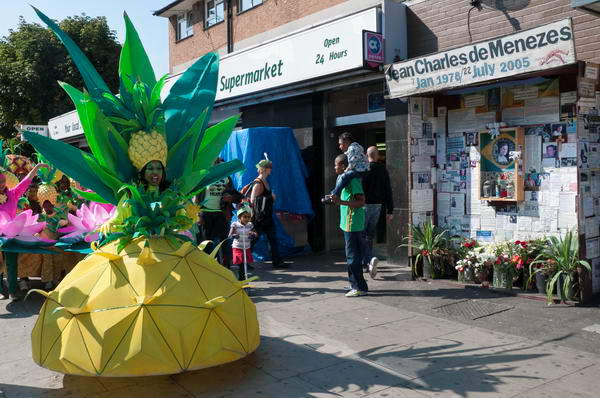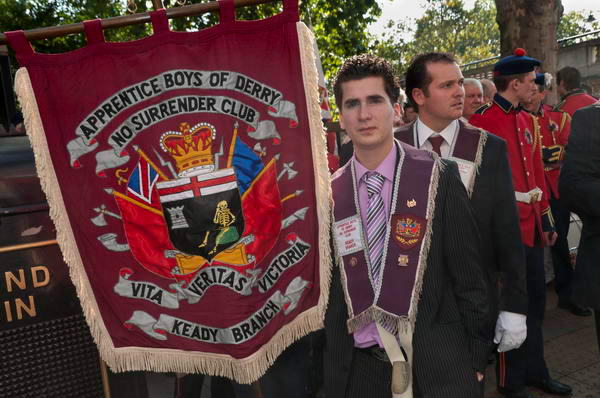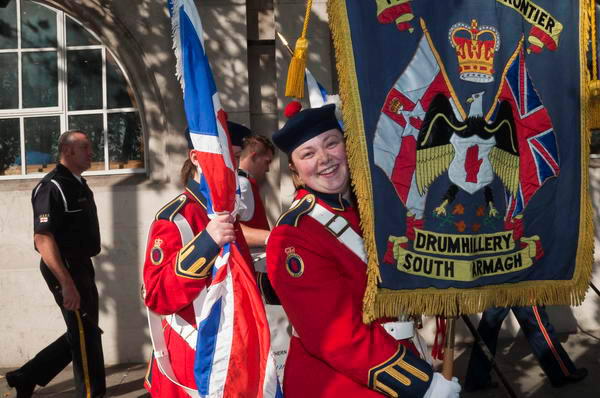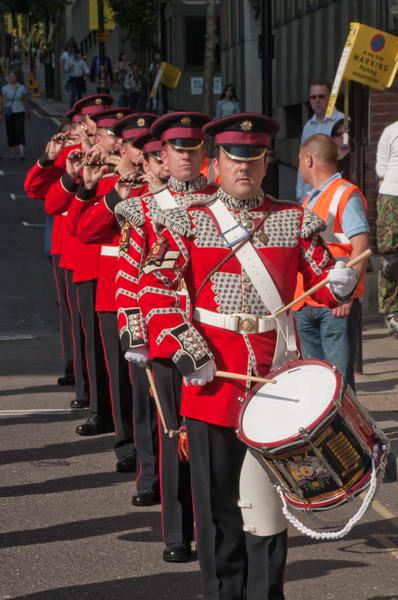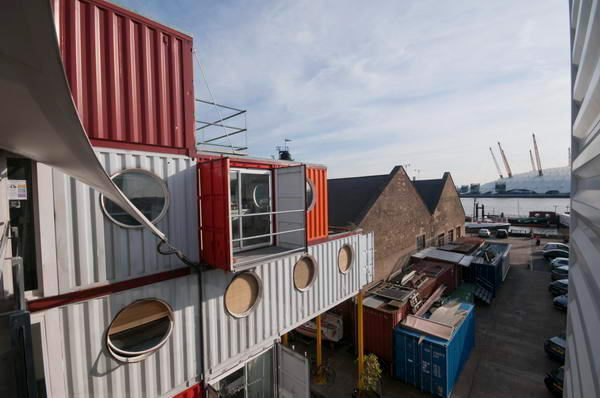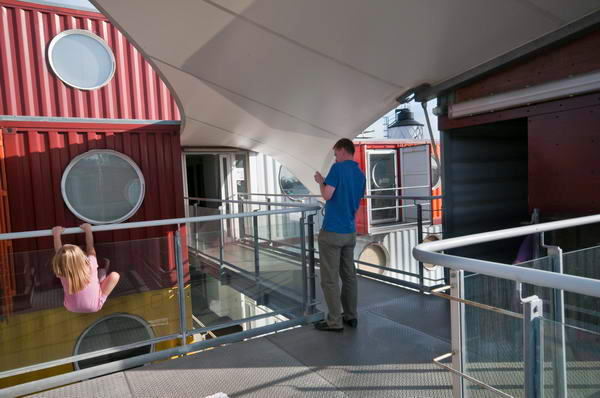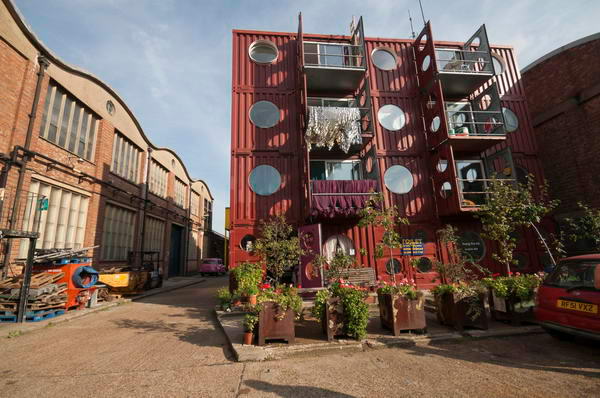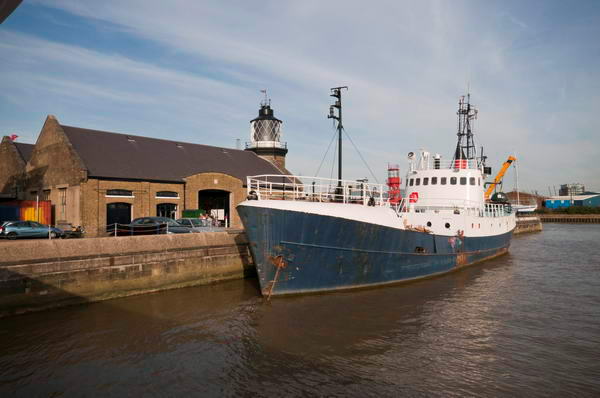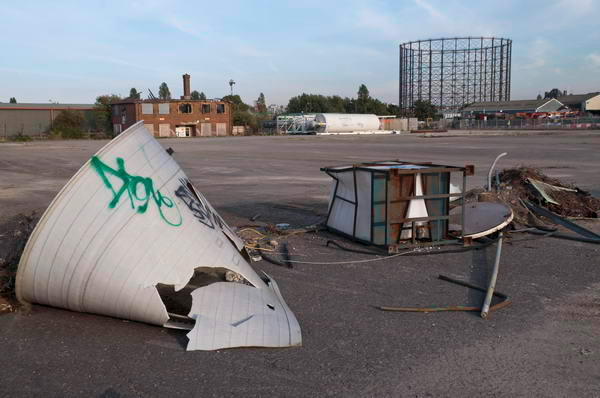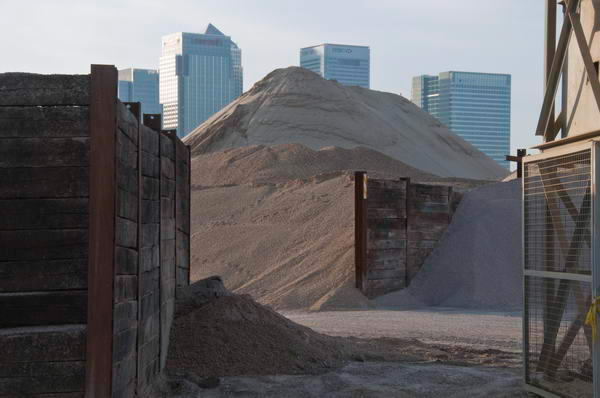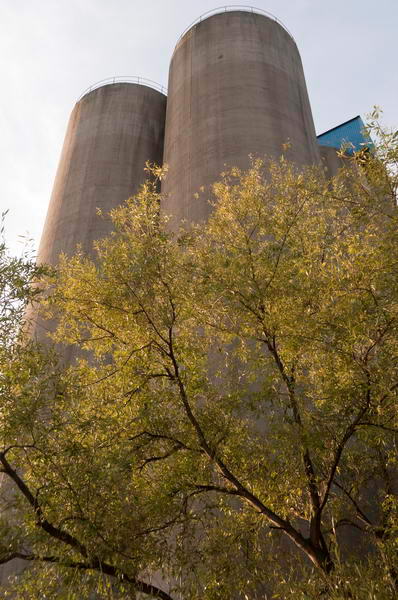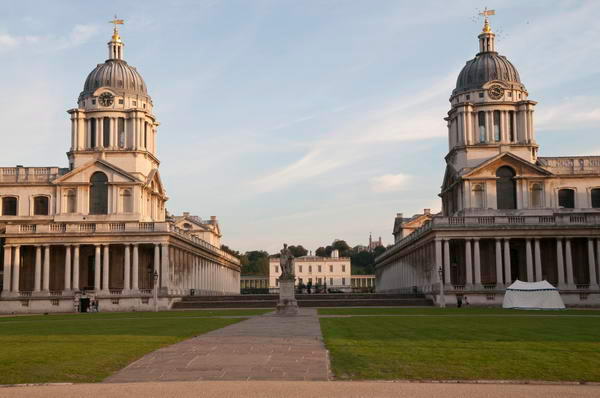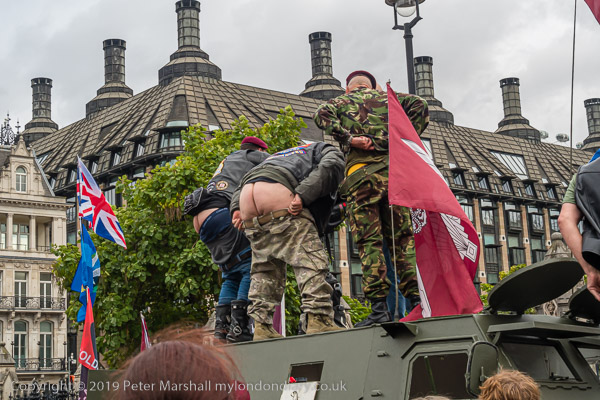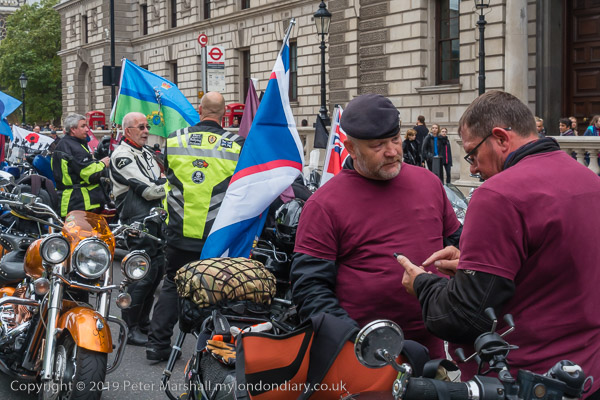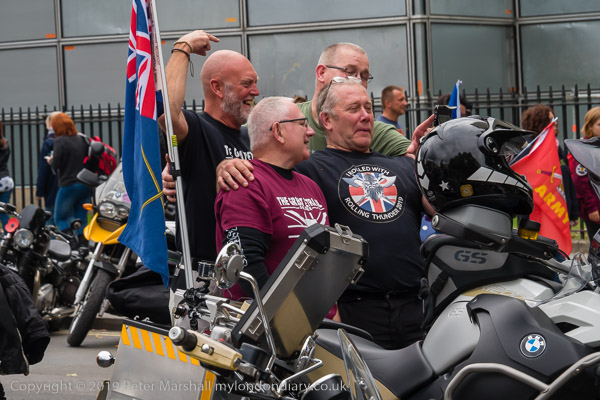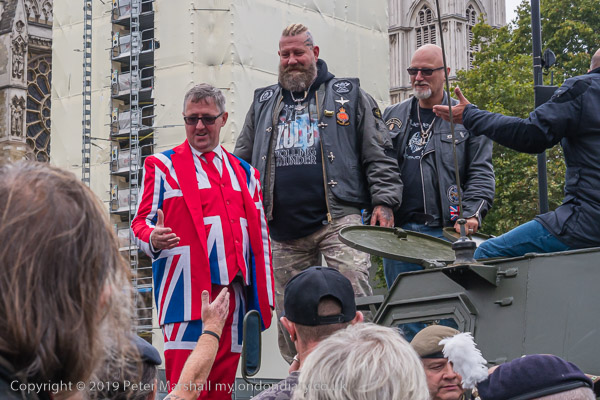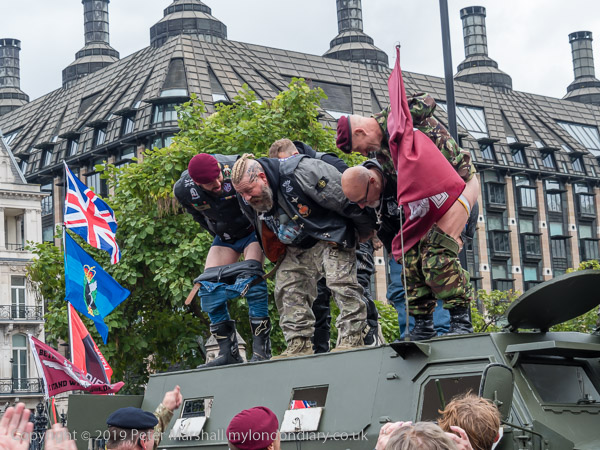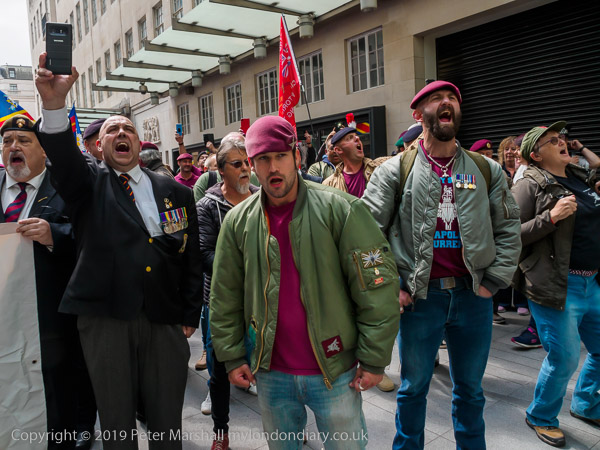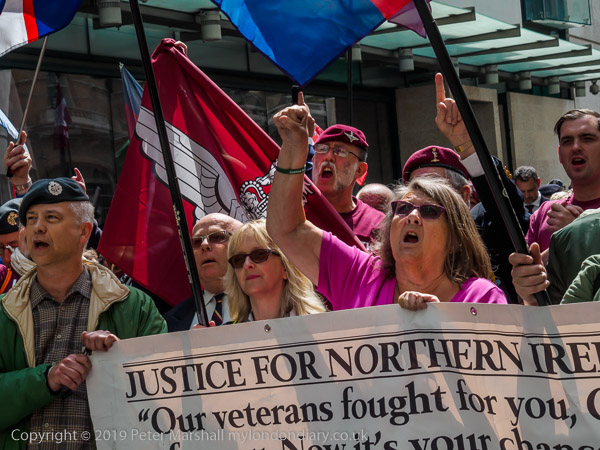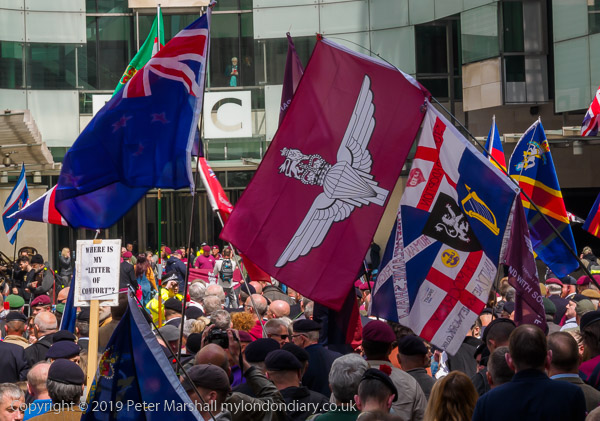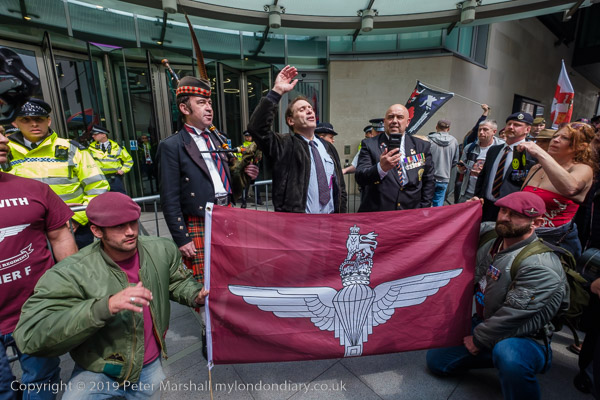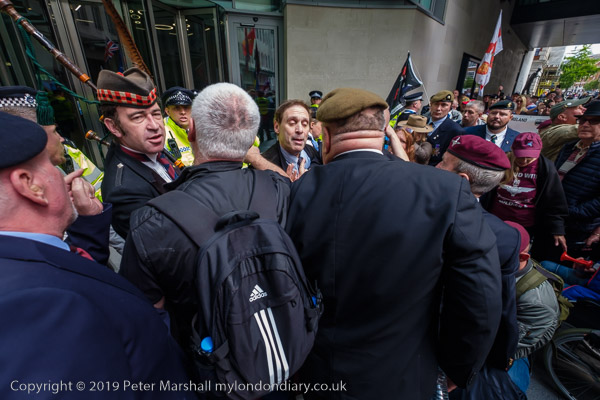Borough Market & Apprentice Boys: On Saturday 21st October I went to the 250th anniversary celebrations at Borough Market and then to a march celebrating the closing by apprentices of the gates of Derry to the forces of King James II in 1688 which led to the siege of Derry the following year. Here are my accounts of both events from My London Diary in 2006 with a few minor alterations to make them more readable and links to more pictures on the site.
Borough Market: 250th Anniversary – Southwark
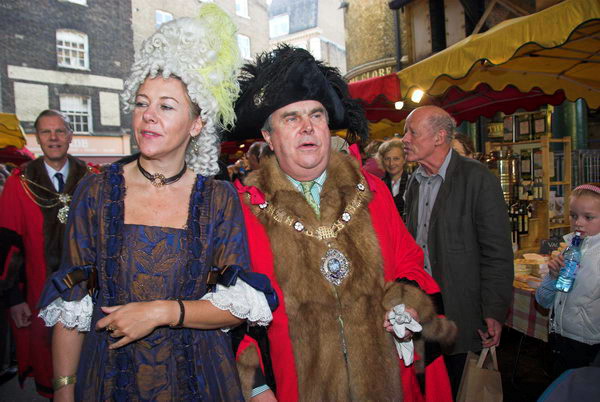
Borough Market started with the Romans a couple of thousand years ago, and around a thousand years ago was thriving on and around London’s only bridge across the river Thames. In the next few centuries it moved a little south into Borough High Street, and in 1550 received a royal charter, although like all London markets it was under the control of the City of London.
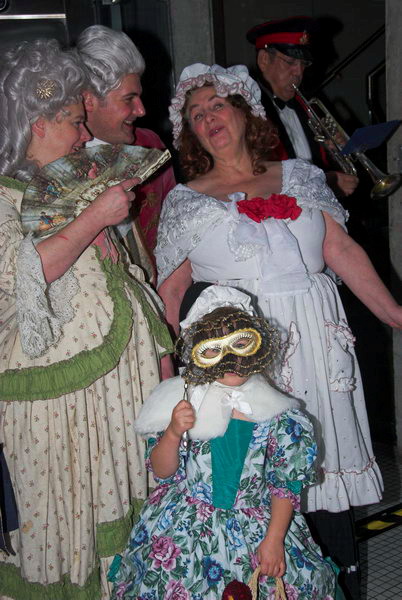
Increased congestion in Borough High Street lead to the first of nine Acts Of Parliament about the market’s activities in 1754, which moved it out of the road a few yards west to its present site. The agreement with the city authorities, which established the new market was made 250 years ago in 1756. Every year the Lord Mayor of London visits the market and collects fruit for the poor. It is now the only remaining wholesale and retail market in London.

The market is now officially a charity, but has always existed to support the residents of St Saviour’s Parish. Any surplus made by the market now goes to Southwark Council and the residents of the former parish get a rebate on their council tax.
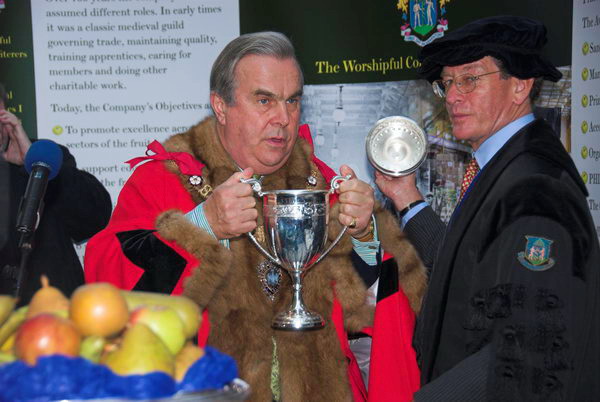
The Worshipful Company of Fruiterers have also been celebrating the 400th anniversary of their Royal Charter in 1605. They had been inspecting (and levying duty) on London’s fruit and veg since 1292 or earlier, and received ordinances in 1463.

Until recently, Borough Market was a wholesale market, but its small size and transport problems meant that ten years ago it was almost empty and in a very poor state. Since then it has grown as a retail site for high quality food and drink, with many small specialist suppliers, as well as other small businesses. Two small parts of the site have been sold to provide money to rebuild and improve the market.
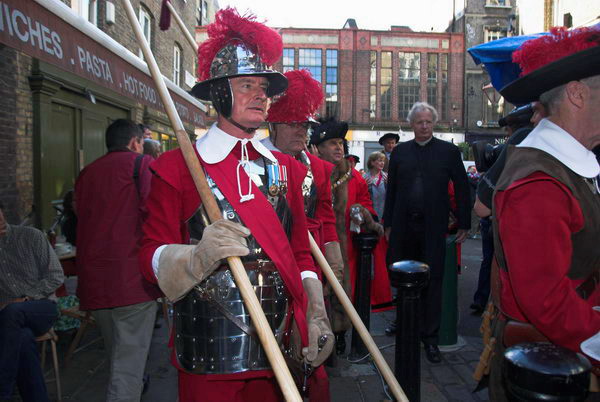
The Lord Mayor arrived with a small guard of pikemen and there were a few speeches. The fruiterers provide fresh fruit for a number of shelters for the homeless. The Lord Mayor and his party then toured the market, which had some fine displays of produce as well as its normal superb foods.

Apprentice Boys of Derry March – Westminster
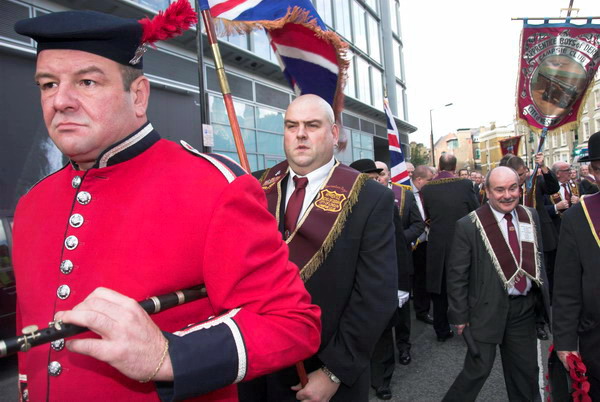
The Apprentice Boys Of Derry is a protestant organisation dedicated “to maintaining the spirit of liberty” displayed by the 13 apprentices who closed the gates of the city to the approaching army of the Catholic King James II in 1688. He demanded that the city surrender, receiving the now famous reply “No surrender!” The association which now organises parades to commemorate this was founded in 1814.
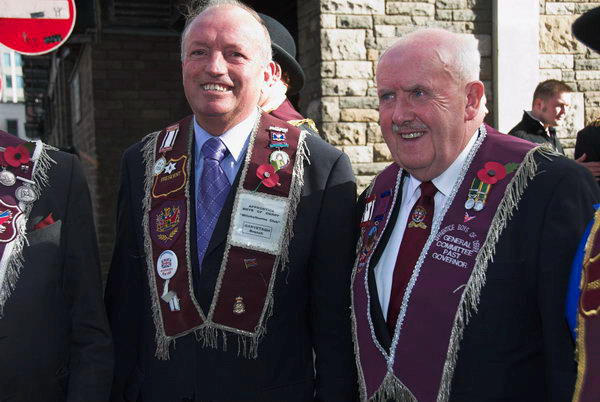
As well as in Derry itself, there are Apprentice Boys Clubs around the world, and each year there are several marches in London. At times their marches by or through largely Catholic areas have been extremely contentious, and the banning of their Portadown march in 1986 led to serious riots. Recent events in today’s calmer climate have caused fewer problems.
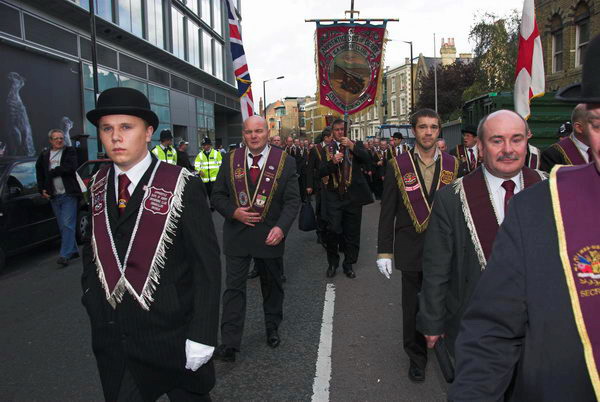
The march started near Victoria Station and went through Parliament Square to the Cenotaph in Whitehall where a wreath was laid. I left them at Trafalgar Square, on their way to a service at the Independent Congregational Church in Orange Street, behind the National Gallery, followed by a social evening.
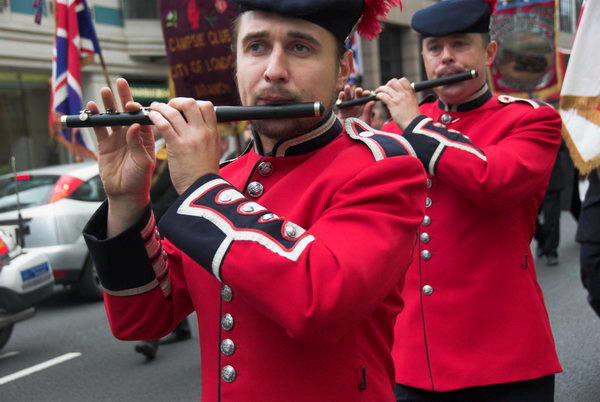
Flickr – Facebook – My London Diary – Hull Photos – Lea Valley – Paris
London’s Industrial Heritage – London Photos
All photographs on this page are copyright © Peter Marshall.
Contact me to buy prints or licence to reproduce.
